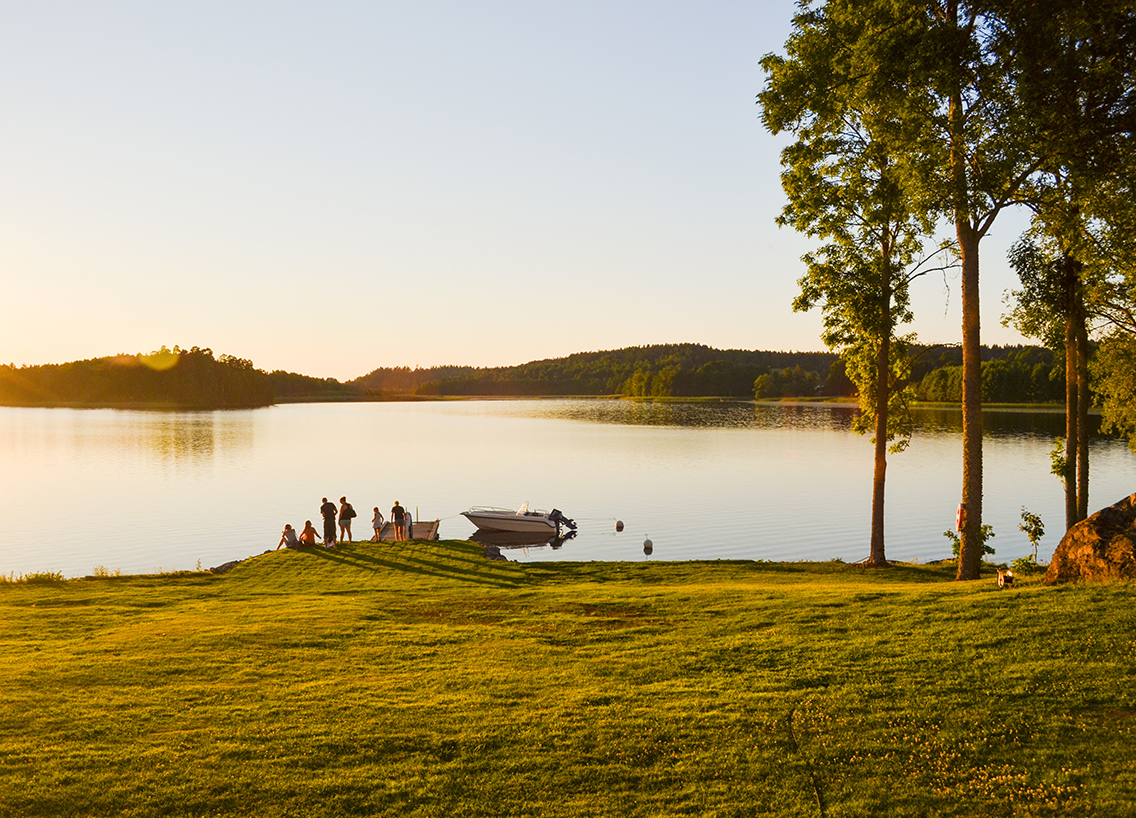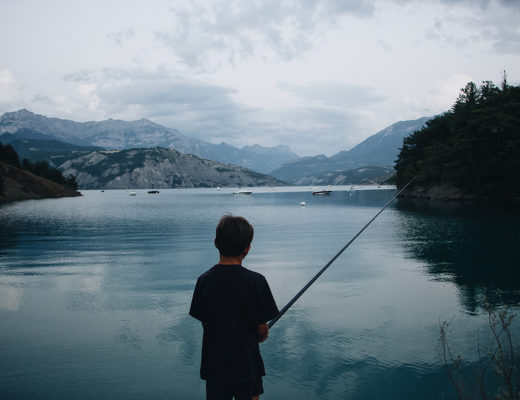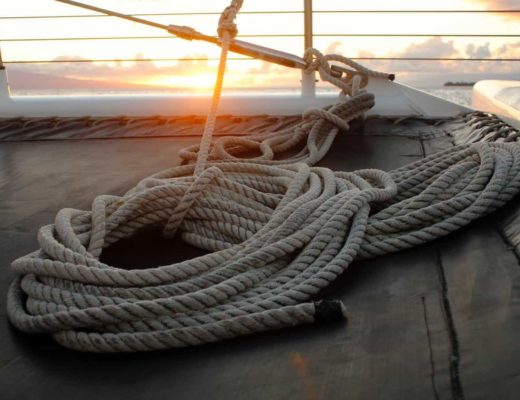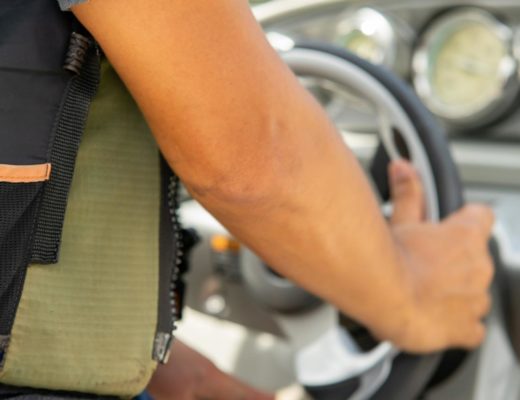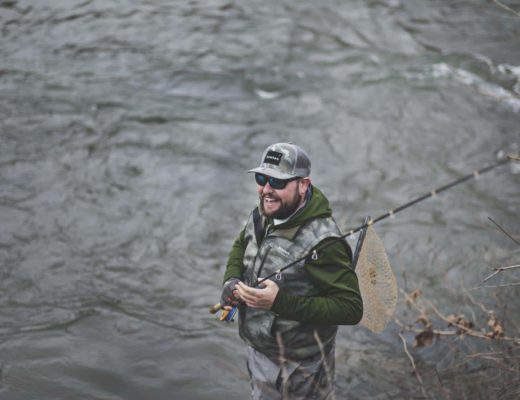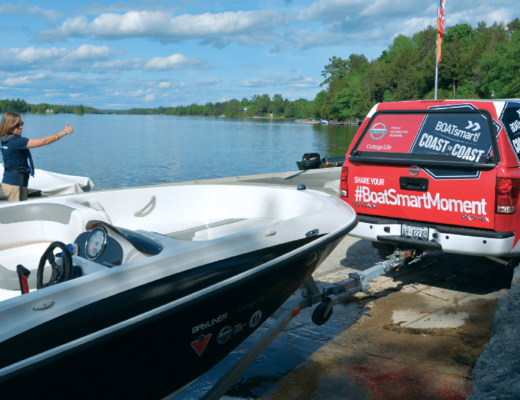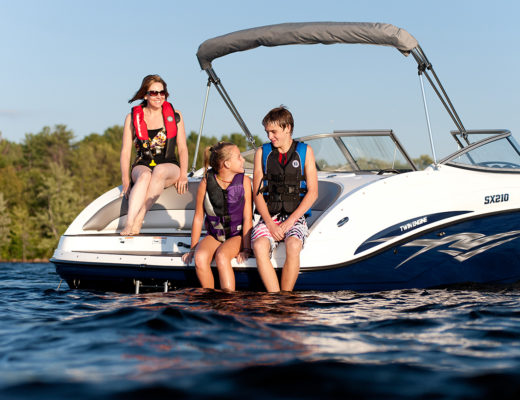It’s almost time to emerge from the winter thaw and launch your boat! That means it’s time to start getting ready for the spring boating season.
Before you can enjoy your boat on the water, you’ll need to get it ready. What you’ll need to do for your boat will depend on the boat you own and the type of boating you may undertake.
Keep reading for our recommended list of crucial procedures to do to get ready for the spring launch!
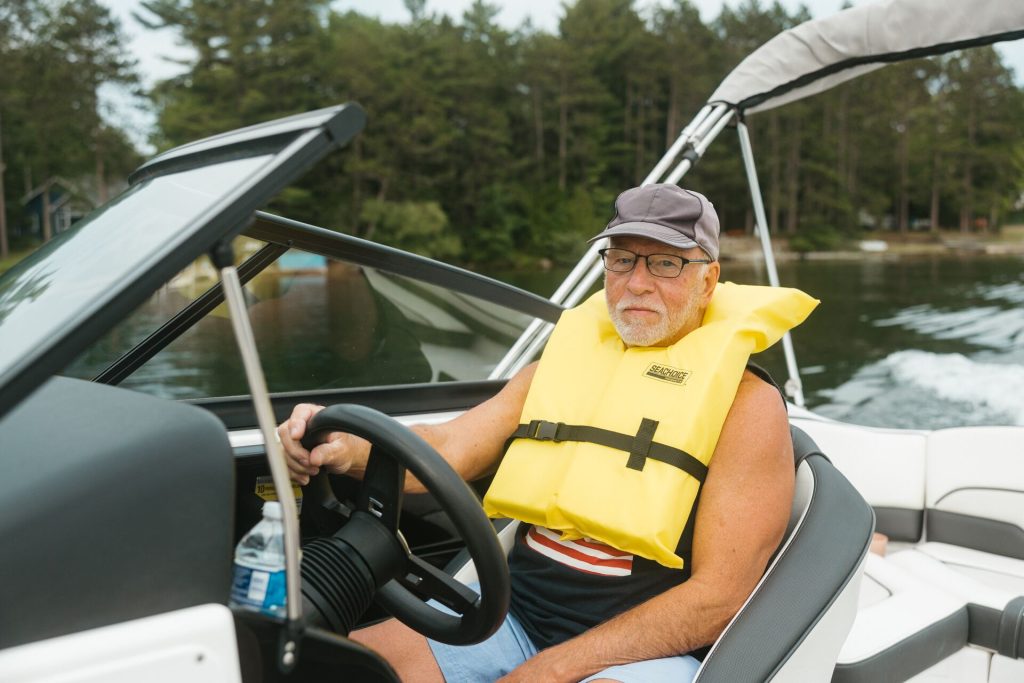
Preparation and Maintenance for Your Watercraft
What you’ll need to do for your boat depends on your boat!
Here are a few things to consider:
- Top off or replace the lubricants and oils for the boat’s engine (or engines) based on recommended maintenance schedules.
- Get a mechanic to conduct an engine check and tune the engine to ensure the best fuel economy and performance.
- If you did not winterize the boat by changing the outboard motor lower gear-case oil, do that now.
- Inspect the engine belts for wear. Replace if worn.
- Check the water pump impeller.
- Review onboard equipment, including bilge pumps. Flush the water system.
Lastly, check your spare parts and make sure you have specific parts on hand in case your boat breaks down. Your mechanic can give you recommendations.
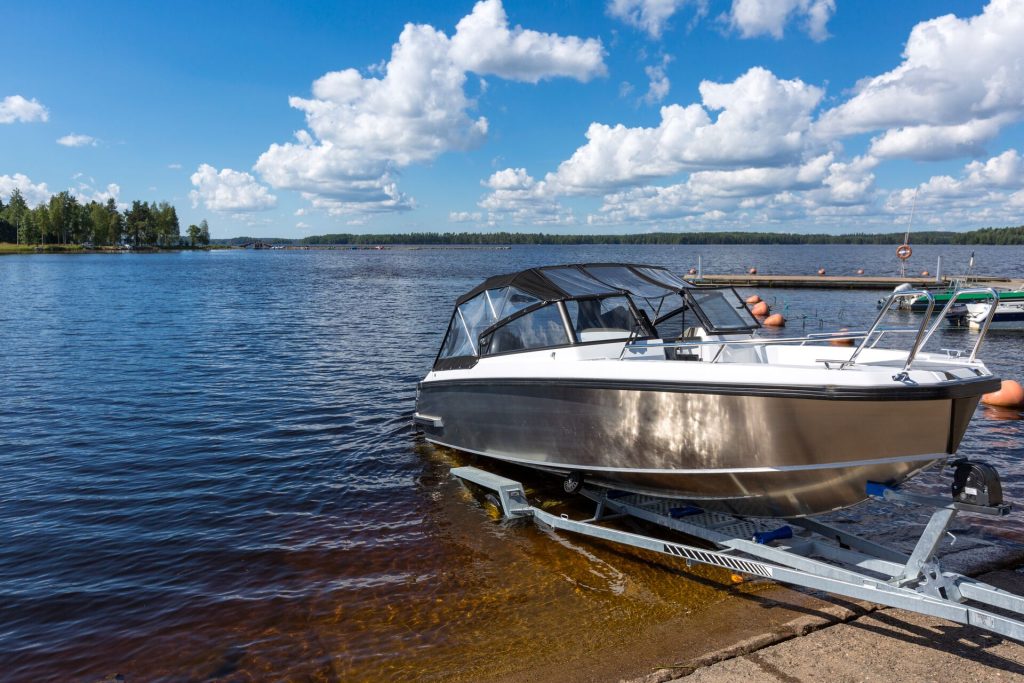
Safety and Navigation Equipment
Before launching your boat for the first time this spring, give your boat a “once over” and inspect all safety and navigation equipment.
- Check the boat’s navigation lights. Make sure you have replacement bulbs for the anchor light, running lights, and any other lights on board.
- Check your navigation charts and make sure they’re current.
- Check your electronic equipment, such as the radar, VHF radio, and GPS.
- Look at your onboard flares. Are they current (i.e., still good to use in an emergency)? Do you have the right number of flares based on the type and size of your boat?
- Pull out your personal flotation devices (PFDs) and inspect them closely. Do you have the right number of PFDs for your boat? Are they in good condition (i.e., no rips or tears)? Are they Coast Guard-approved?
- Inspect the condition of your dock lines, running rigging, and anchor lines.
If you’re not sure about doing these things, contact the Coast Guard Auxiliary or U.S. Power Squadron to arrange a courtesy vessel inspection. They’ll help you make sure your boat is safe and complies with all legal requirements for your spring boat launch.
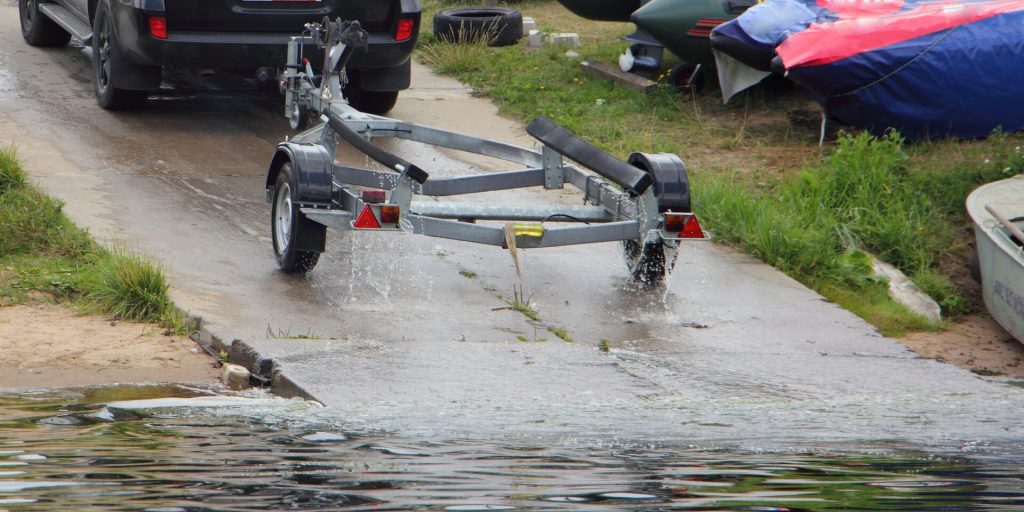
Check Your Boat Trailer
The many boats are trailer-able boats, meaning they are stored away from a marina and “trailered” to the boat ramp for launch and a day on the water.
If that sounds like your boating season routine, here are a few maintenance suggestions for your trailer.
- Check the condition of your tires, including the spare.
- Also, check the wheel bearings and grease or replace them if needed.
- Inspect the trailer’s lights to ensure they work properly. This includes the turn signals and brake lights.
- Check support pads and rollers and support pads.
- Inspect the trailer hitch and all related equipment to see if it functions properly.
Lastly, take a close look at the trailer’s safety chains, the wire rope, and the trailer winch.
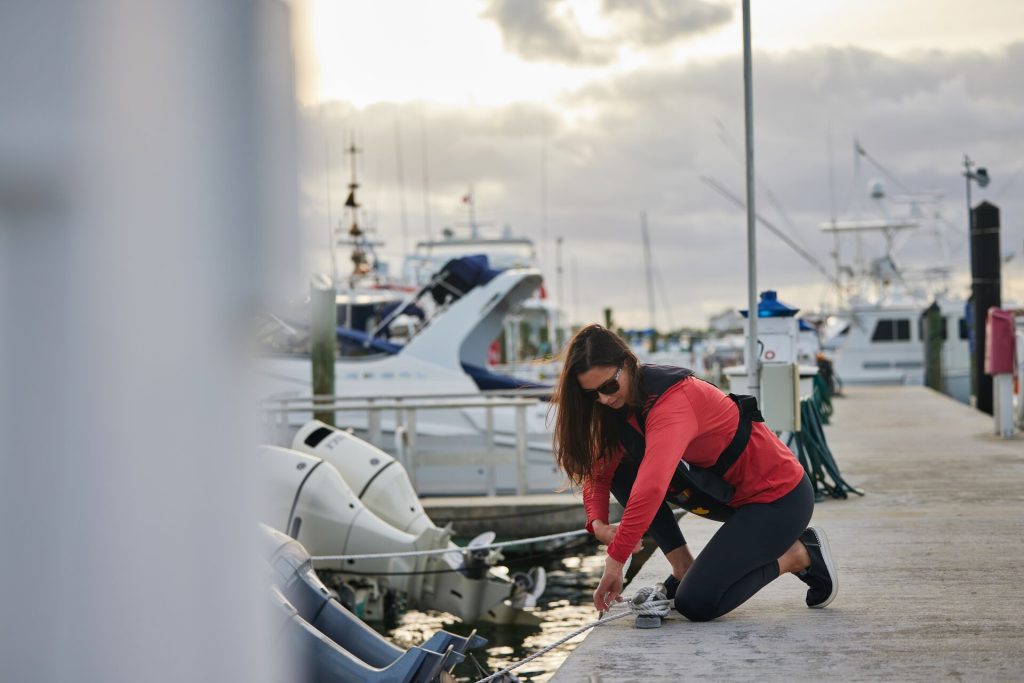
Prepare for Your First Spring Boating Trip
You’re almost ready to launch! Next, you need a plan.
Once you know where you’re going — either to your usual boating spot or a destination for a longer boating trip — make sure the location has a harbor or commercial marina that provides transient slips. In many cases, you can (and should) make advanced reservations. Spaces can go quickly on a first-come, first-served basis once the spring season gets going.
Stock Your Boat
Make sure you bring everything you need for your boating adventure!
Many boaters keep a running list that they build on every year as they find more ways to make their boat and water adventures more fun and comfortable.
Consider stocking your boat with things like:
- Sunscreen
- Local boating guides
- Extra towels
- Blankets
- Cleaning supplies
- Quarters and laundry detergent for the laundromat (for those lengthy boating vacations),
- Corkscrews
- A first-aid kit
- Bubble wrap to protect delicate items
- A portable grill
- Folding chairs that are easily stored (for the beach)
Planning ahead helps you have an excellent start for the spring boating season! Being prepared leads to more fun for you and your family.
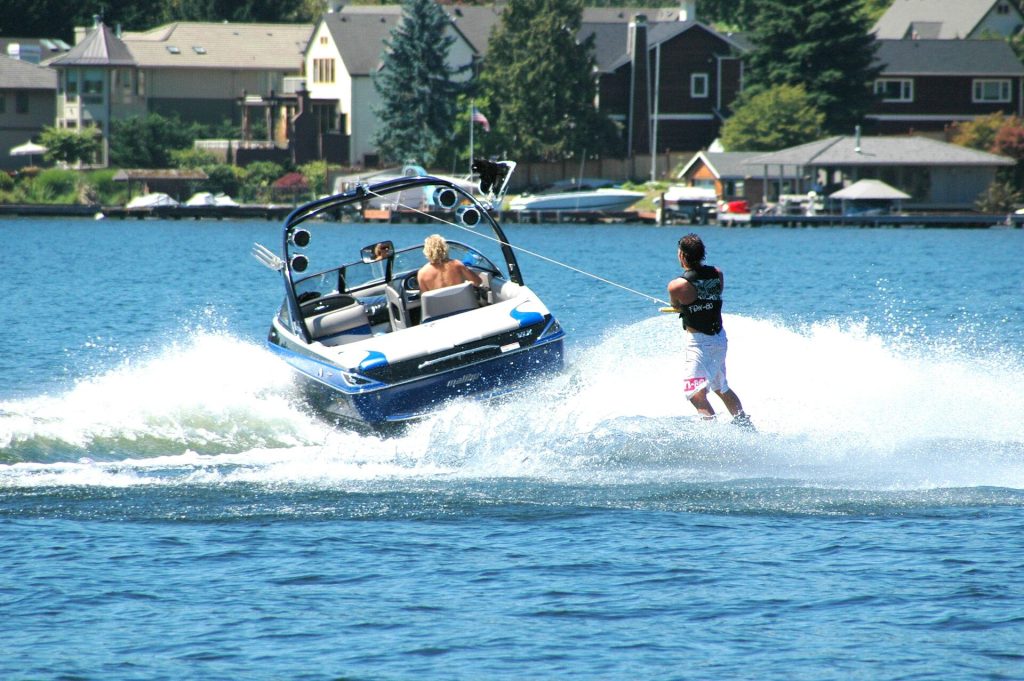
Get Your Boating License Card Before Spring Boating
The last thing on your “to-do” list before launching your boat for the spring is to make sure you have your boating license.
All operators of recreational powerboats in Canada now require a Pleasure Craft Operator Card, commonly known as a Canadian Boating License. Boaters caught without this card risk a minimum $250 fine. Getting your card is also the best way to gain the knowledge you need to boat with confidence!
BOATsmart! is here to help you boat safely during the spring boating season and any time you hit the water. Take our fun and engaging online boater safety course, take the exam, and then get your card!
First published in March 2020. Content most recently reviewed and updated for accuracy and relevancy October 29, 2024.
